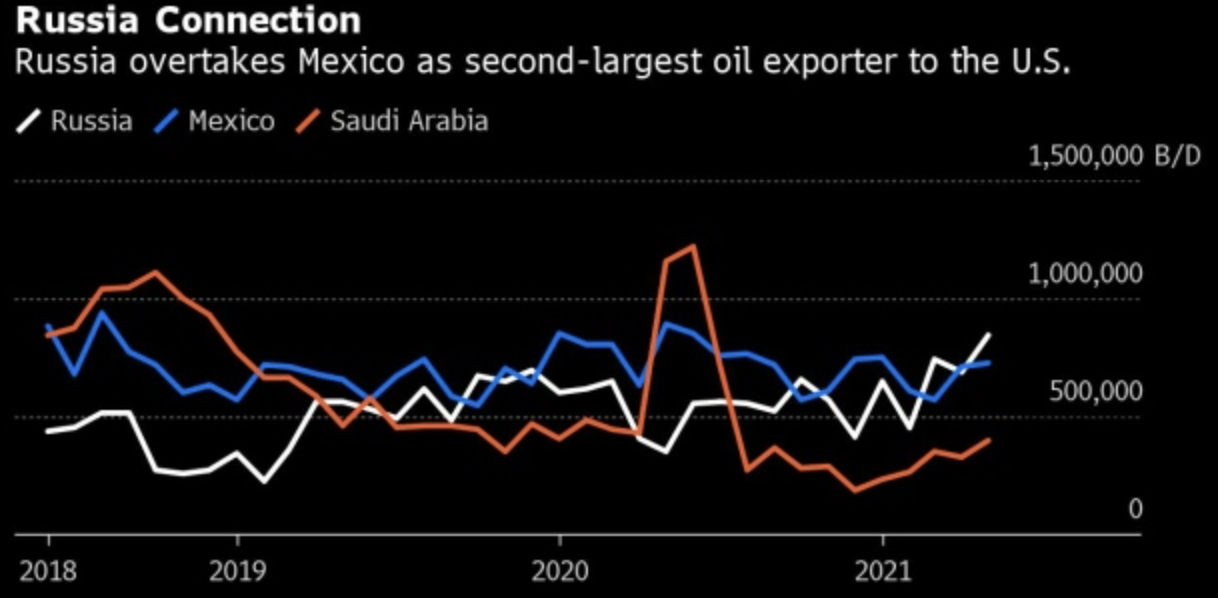Nine years ago, the wind industry agreed to a six-year phase out of the wind production tax credit. At the time, the wind industry told reporters that they needed 4-6 years to achieve subsidy-free competitiveness. But now the wind industry, other renewable electricity generators, and their financial backers on Wall Street, are back supporting the House Democrats plan to transfer billions of dollars from hard-working taxpayers to Wall Street bankers by laundering it through renewable energy companies.
This is an aggressive interpretation of what is going on, but it fits the facts available. When you run the numbers, the House Democrats plan provides wind and other renewable producers with $210 of value for a megawatt hour (MWh) of wind worth $25 per MWh. The bulk of this is through massive grants to renewable producers and their financial backers in the House Democrats’ reconciliation bill. Here’s how the calculation works:
In PJM (the regional transmission organization that serves Virginia, Maryland, Washington, DC, West Virginia, New Jersey, Delaware, Ohio, and parts of Kentucky, Indiana, and Illinois), the market price for energy has been $22-27 per MWh over the last few couple years. Let’s round that to $25. [We are ignoring capacity for now, but we expect some wind resources clear the capacity market in PJM.]
To the value of the electricity, we add a payment for the wind production tax credit. To keep it simple, and not get into complicated calculations of pre-tax revenue, etc., we will use the face value of the Production Tax Credit (PTC)—$25 per MWh.
As if doubling the average value of the electricity isn’t enough through the PTC, the House Democrats are proposing to add a grant of $150 per MWh if you’re in the sweet spot of that 2.5% of new generation that gets the subsidy. (See Sec. 224 of the Democrats’ Clean Energy Performance Program)
To this amount, we add the value of renewable electricity credits (RECs). The price can be volatile and can vary by market, but according to researchers at Lawrence Berkeley National Laboratory in PJM, the price of RECs rose slowly in 2020 “reaching ~$10/MWh by end of the year.” So we will use $10 for the value of the RECs.
Adding this up, under this bill, a PJM wind provider who provides 1 MWh of wind gets paid:
- Value of energy: $25
- Wind Production Tax Credit: $25
- House Democrats Grant Provision: $150
- Renewable Electricity Credit Payment: $10
Value to Provider of 1 MWh of Wind: $210
The electricity provided from wind might be worth only $25 to the market, but under the House Democrat’s bill, the PJM wind producers and their financial backers get $210 of value. This is obscene and it encapsulates everything that’s wrong with Washington, DC. We have an inflation problem and this kind of reckless spending will only pour gasoline on those inflationary fires. Wall Street renewable energy financiers might do well posing as Greens under this plan, but as demonstrated, their real interest is in the green of the money taken from hard-working taxpayers who will be crushed under the inflationary pressure of these policies. And while it is understandable for Wall Street Bankers to want to cash in on free money by the truckload from taxpayers, it is remarkable that elected officials would go along.


